7 salad crops to sow in August to liven up fall and winter salads
Discover fast-growing crops to add flavor and texture to salads you can sow this month
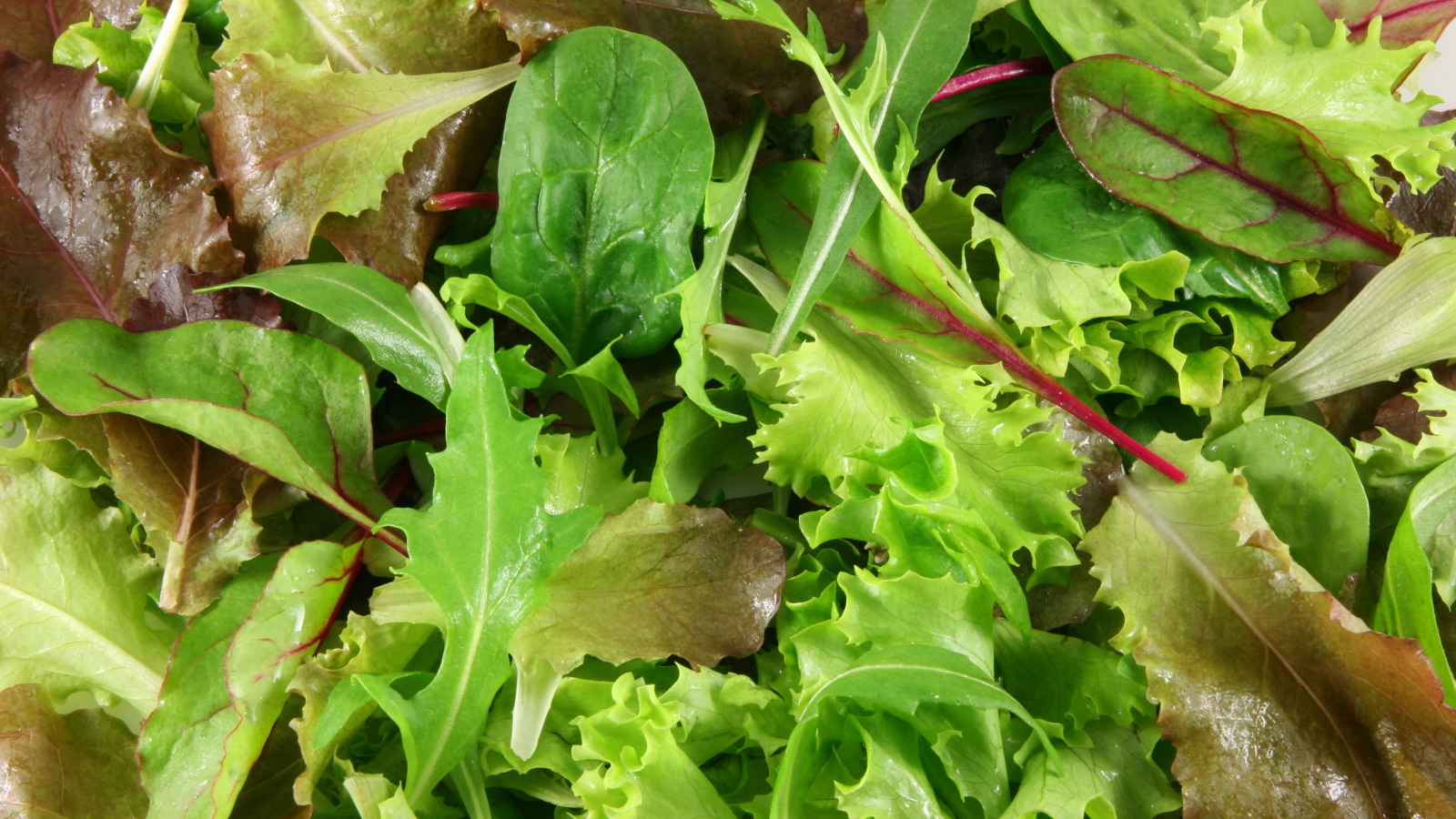

There is a huge variety of salad crops to grow at home and August is an ideal time to sow many of them to boost your salads through fall and winter. A salad bowl can be so much more than limp lettuce leaves that come pre-packed from the grocery stores.
Salad crops with different leaf shapes, textures, colors, and flavors can be planted in August. They are fast-growing crops and can be grown in the ground in a vegetable garden or in containers, opening up the opportunity to grow salad leaves on a deck, patio, or balcony.
Sowing packets of budget-friendly seeds in August can give you a big harvest of salad leaves as the crops are cut-and-come-again, meaning you get lots of pickings for a little time and investment.

Sowing salad crops in August
Sowing salads in summer is a fantastic method of filling gaps in a kitchen garden. As you harvest summer crops, a quick sowing of seeds can fill that space and keep any garden as productive as possible. Salad crops can be sown directly outdoors this month, or you can sow seeds indoors to transplant outside in early fall if you are short of space and need to harvest other crops to create room to plant vegetables.
1. Lettuce
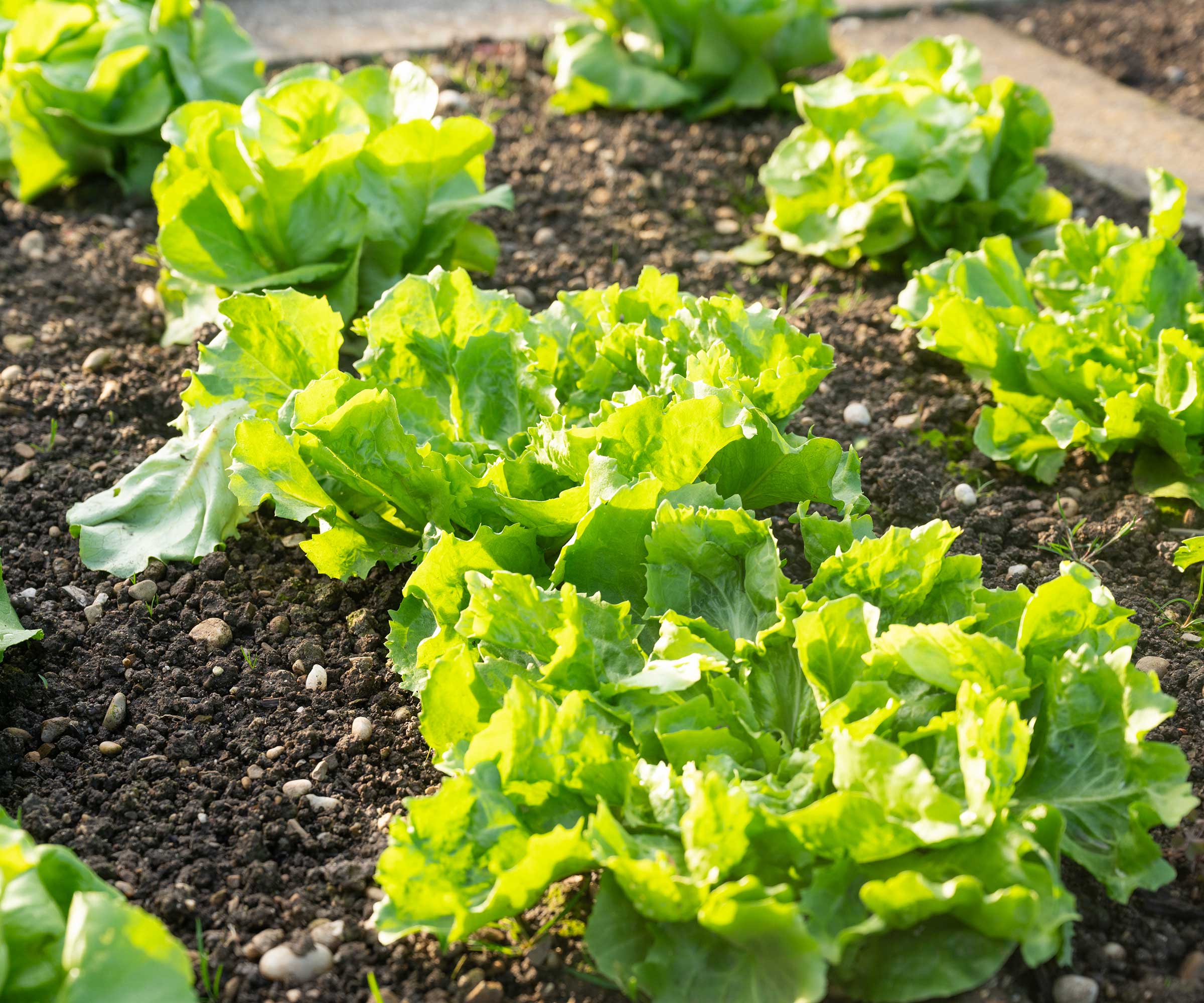
Whether cut-and-come-again or head-forming types, there are many lettuces to choose between if you want to sow seeds outdoors this month. Lettuce is a fast-growing vegetable that can provide a harvest for salads within six weeks of sowing seeds.
Loose-leaf lettuces that can be harvested as cut-and-come-again leaves are the easiest and speediest to grow, such as the gourmet blend, available at Burpee, which is a colorful mix of five loose-leaf types.
Towards the end of the month, and into September, you can sow hardier varieties of winter lettuces to give harvests well into the colder months - which can be further extended by planting in cold frames or protecting plants from frosts with cloches.
2. Spinach
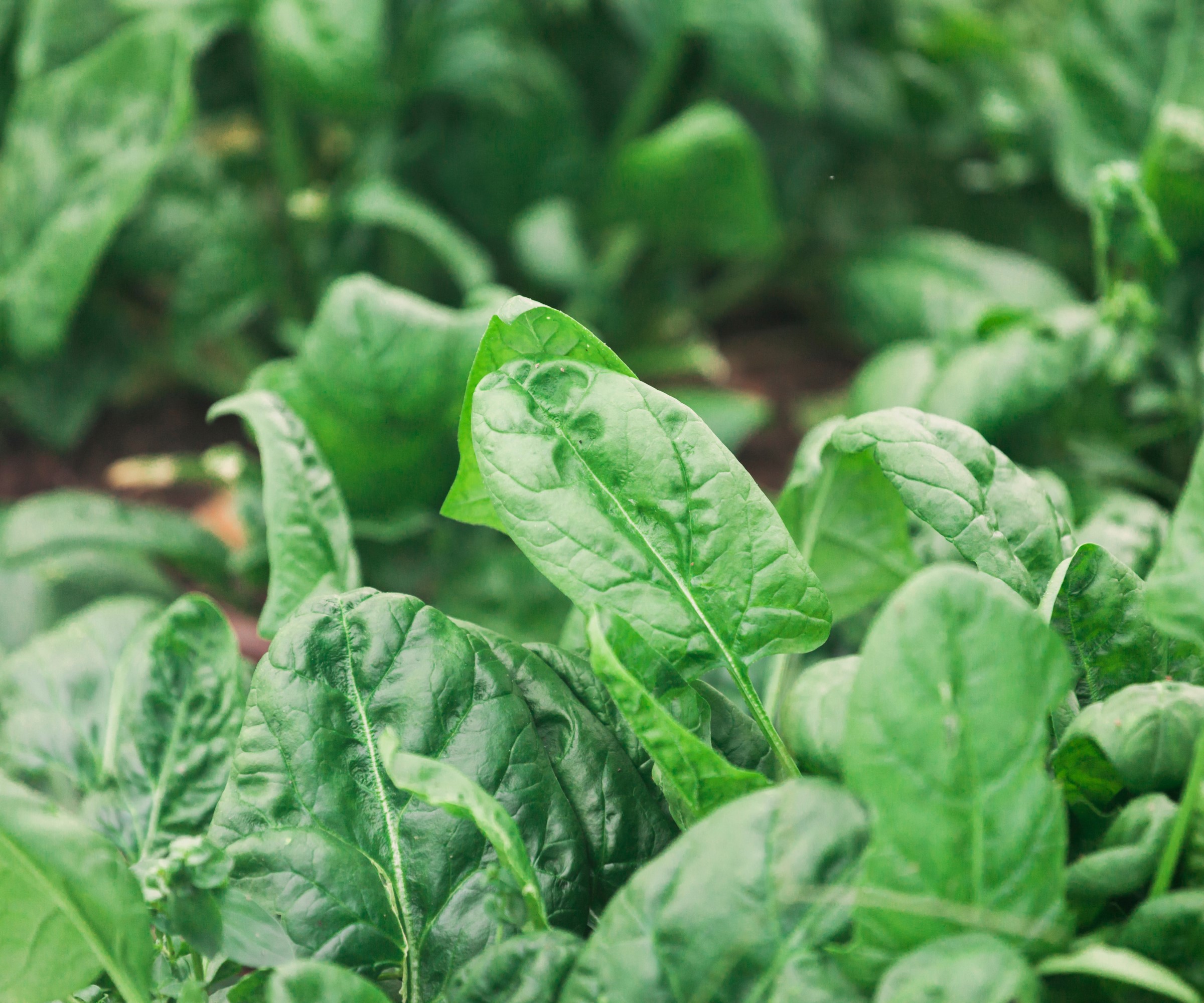
Spinach leaves are packed with vitamins and minerals and you can be harvesting spinach leaves within 6-8 weeks of sowing seeds this month. Even if you only have a smaller space, you can grow spinach in vegetable container gardens and get a delicious crop of dark green, nutrient-rich leaves from early fall onwards.
Hardier winter varieties of spinach, such as Spinach ‘Bloomsdale Long Standing’ available at True Leaf Market, can be harvested well into the colder months. Hardy spinach wants a sunny spot and can be sown directly into the ground, raised beds, or pots - the seedlings should be thinned to 4-6 inches apart.
Spinach is another great crop to harvest over a long period, simply pinch or cut off the larger outer leaves and let the inner ones continue growing for further harvests.
3. Mizuna
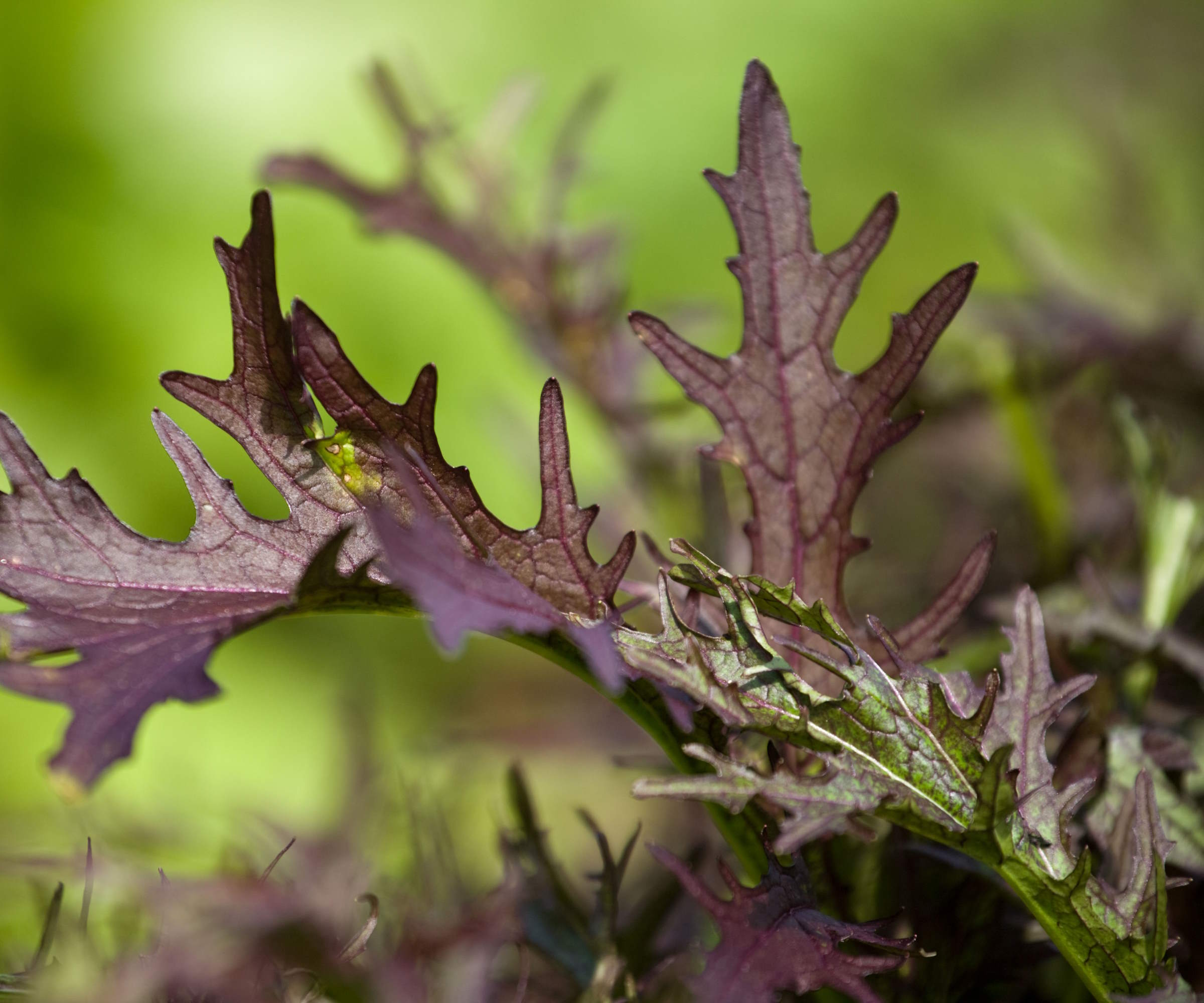
Mizuna is an oriental green with serrated leaves. It can be either red or green depending on the variety and has a mild peppery flavor. The leaves can be cooked, but they also make fantastic additions to salads.
If you want to grow mizuna at home, they grow in US hardiness zones 4-9, are a good vegetable for shade, and thrive in a cooler spot in the yard. Sow the seeds a quarter-of-an-inch deep and thin plants to 9-12 inches as they develop.
Baby mizuna leaves can be picked when 2-3 inches long or left to reach full size. Mature leaves can be harvested individually as required, or all the leaves can be cut 1-2 inches above the base - and the base will re-sprout for another harvest 2-3 weeks later.
4. Corn Salad
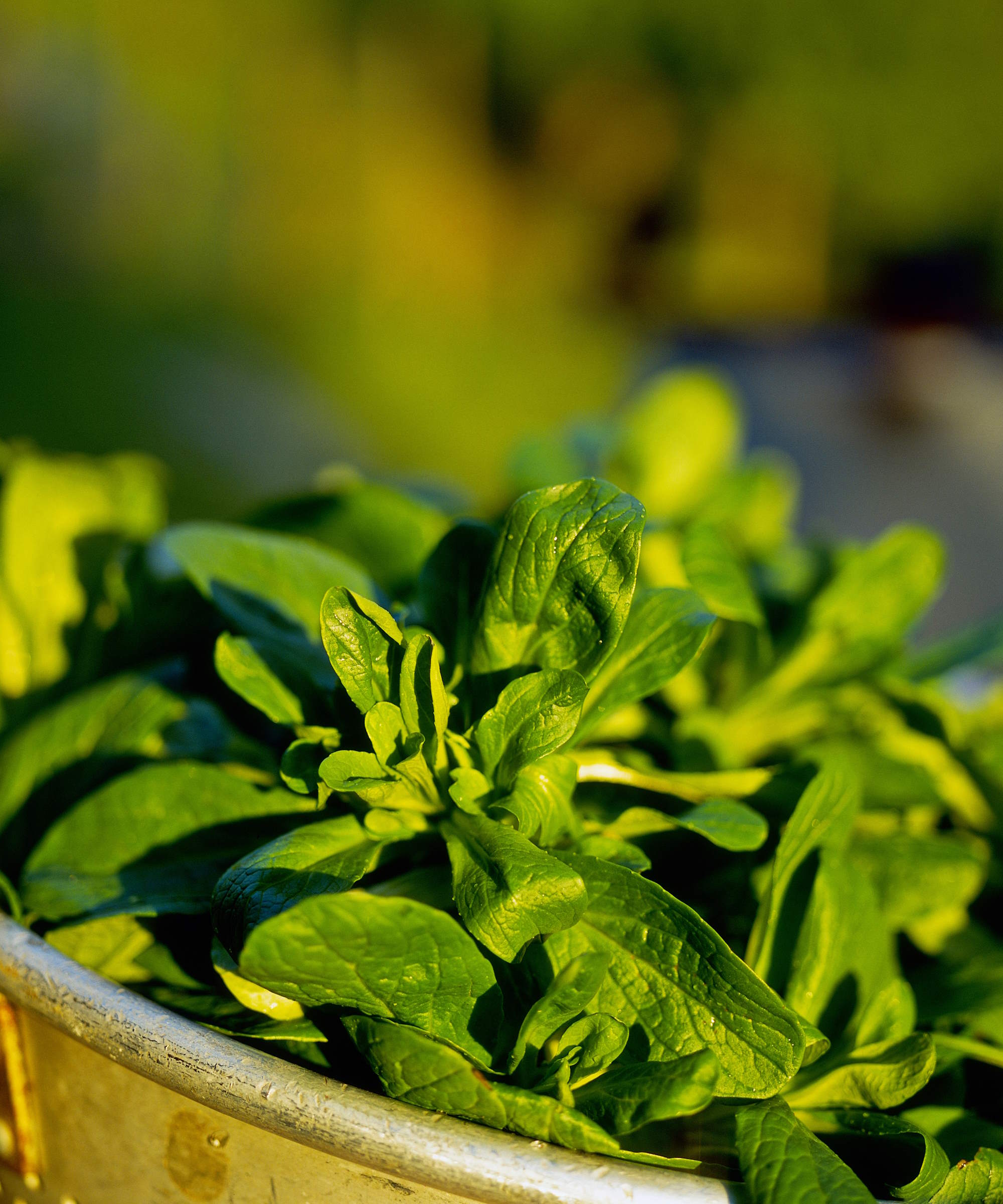
Corn salad, also known as lamb’s lettuce or mache, is a fantastic vegetable to plant in August for flavorful leaves to add to salads throughout the colder months. Corn salad can overwinter in US hardiness zones 5 and above or is a great crop to grow in a greenhouse in fall and winter in colder regions.
Sow the seeds in shall drills 4-6 inches apart this month. It is a crop that requires little maintenance, other than to water in summer, and the young leaves can start to be harvested from 4-6 weeks after sowing once they reach three inches long. For example, these corn salad seeds available at Burpee can produce a crop in around 45 days and are ideal for winter salads.
It is wise to implement slug control methods, as the pests are big fans of corn salad. Consider surrounding plants with barriers or create a boundary of rough surfaces to keep slugs away, or use beer traps around the yard to get rid of slugs as they will be attracted to the bait.
5. Frisee
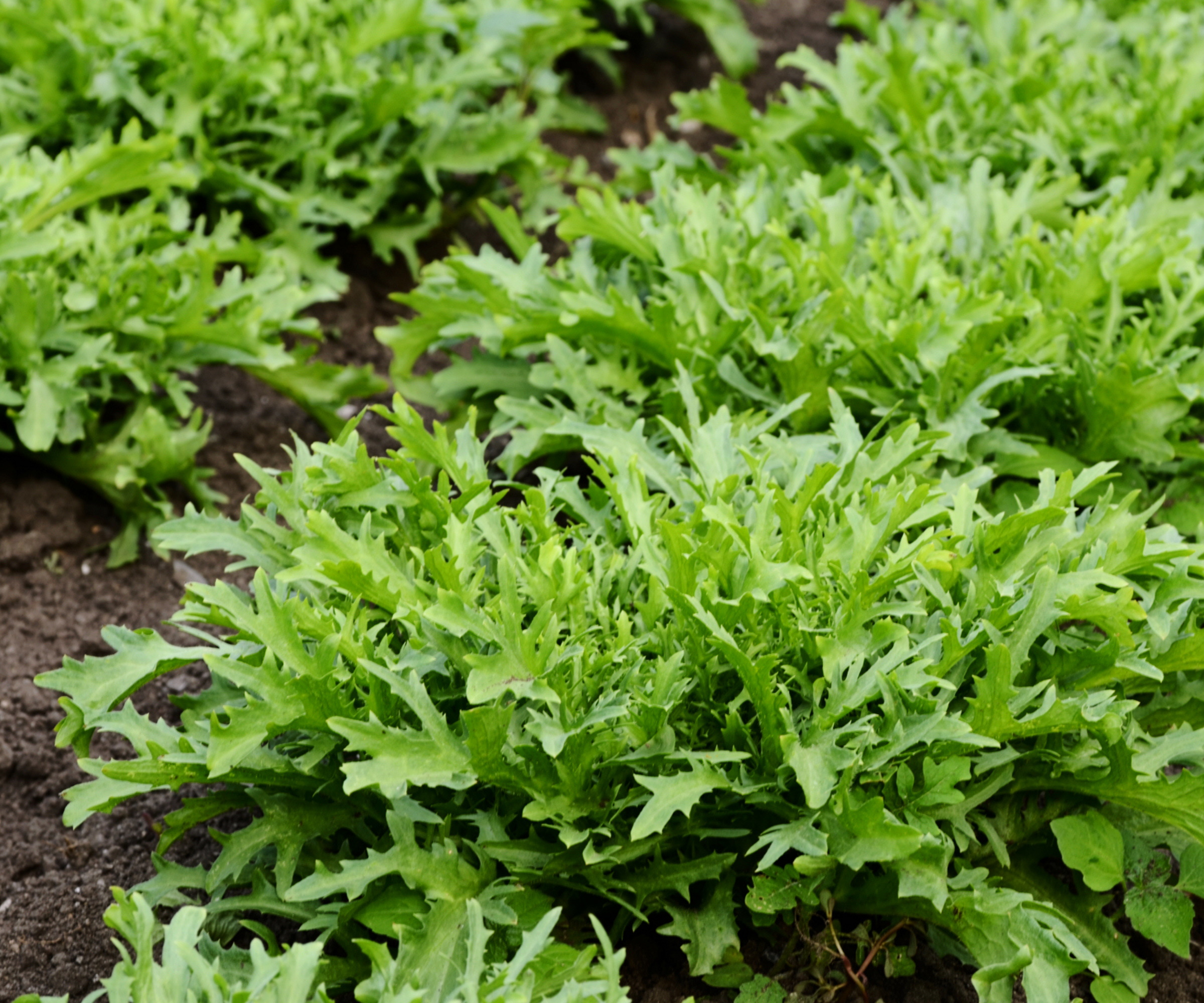
Frisee, also commonly known as curly endive, produces narrow and curly pale-green leaves and it is a regular ingredient in mesclun - the name for a blend of salad greens. The crop produces crisp leaves with a bitter taste, ranging from mild to bold depending on the variety. Adding frisee to winter salads is a surefire way to mix up the flavors and make salad bowls more interesting in the colder months.
Sow the seeds in August in a shadier spot in the yard, taking advantage of shade cast from taller crops. It is common for growers to blanche the crop for the final weeks to reduce the bitterness of the harvest - a simple way to do this is by covering it with a box or pot for a couple of weeks before picking. However, you can get self-blanching varieties to grow.
It can take 60-80 days to go from sowing seeds to harvesting and the soil wants to be consistently moist throughout the growing season, as dry soil can make the leaves turn extra bitter.
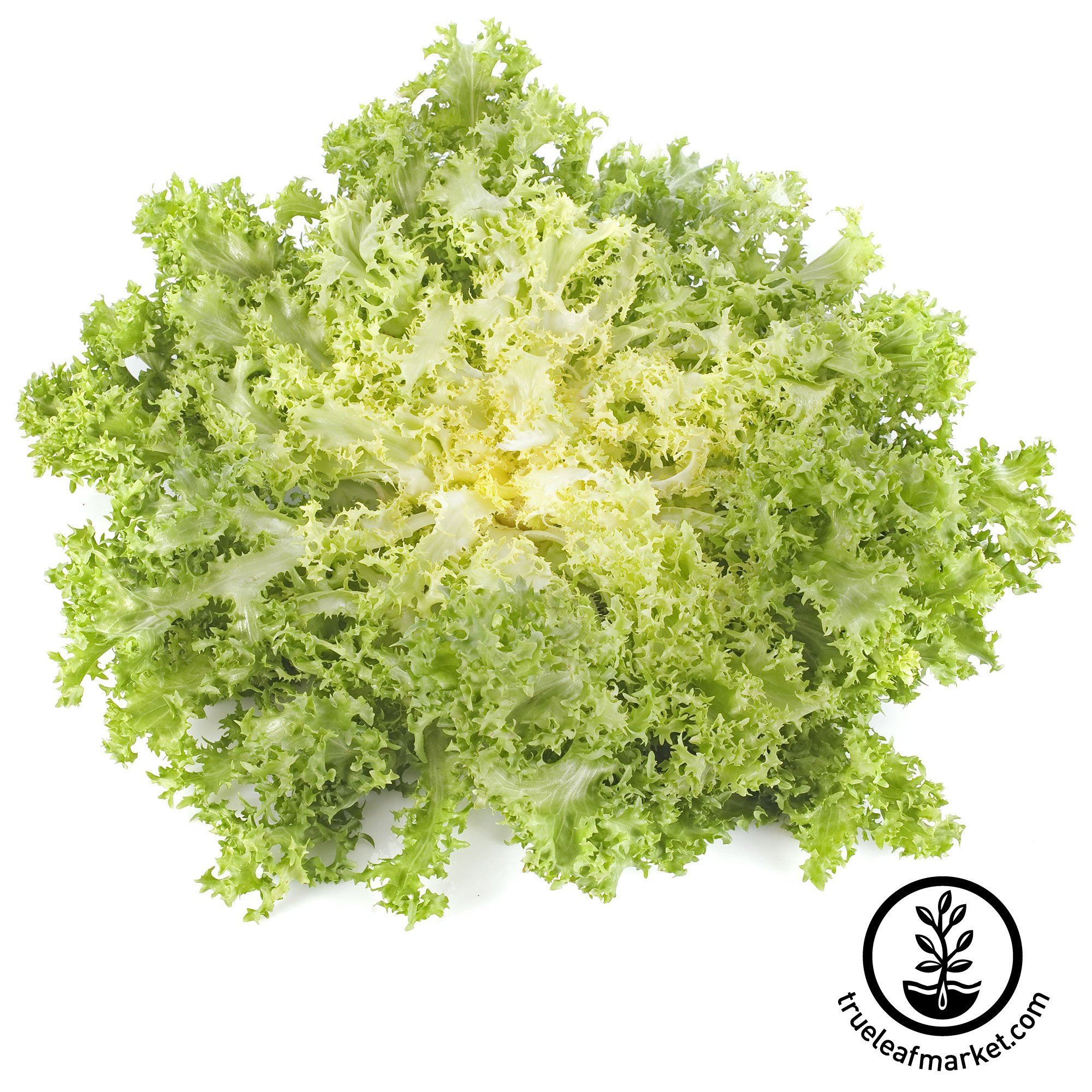
Frisee endive that grows 8-12 inches tall and produces delicate frilly leaves of a yellow-green color. The leaves have a slightly bitter but mild taste and are a perfect addition to a mixed greens mix.
6. Mustards
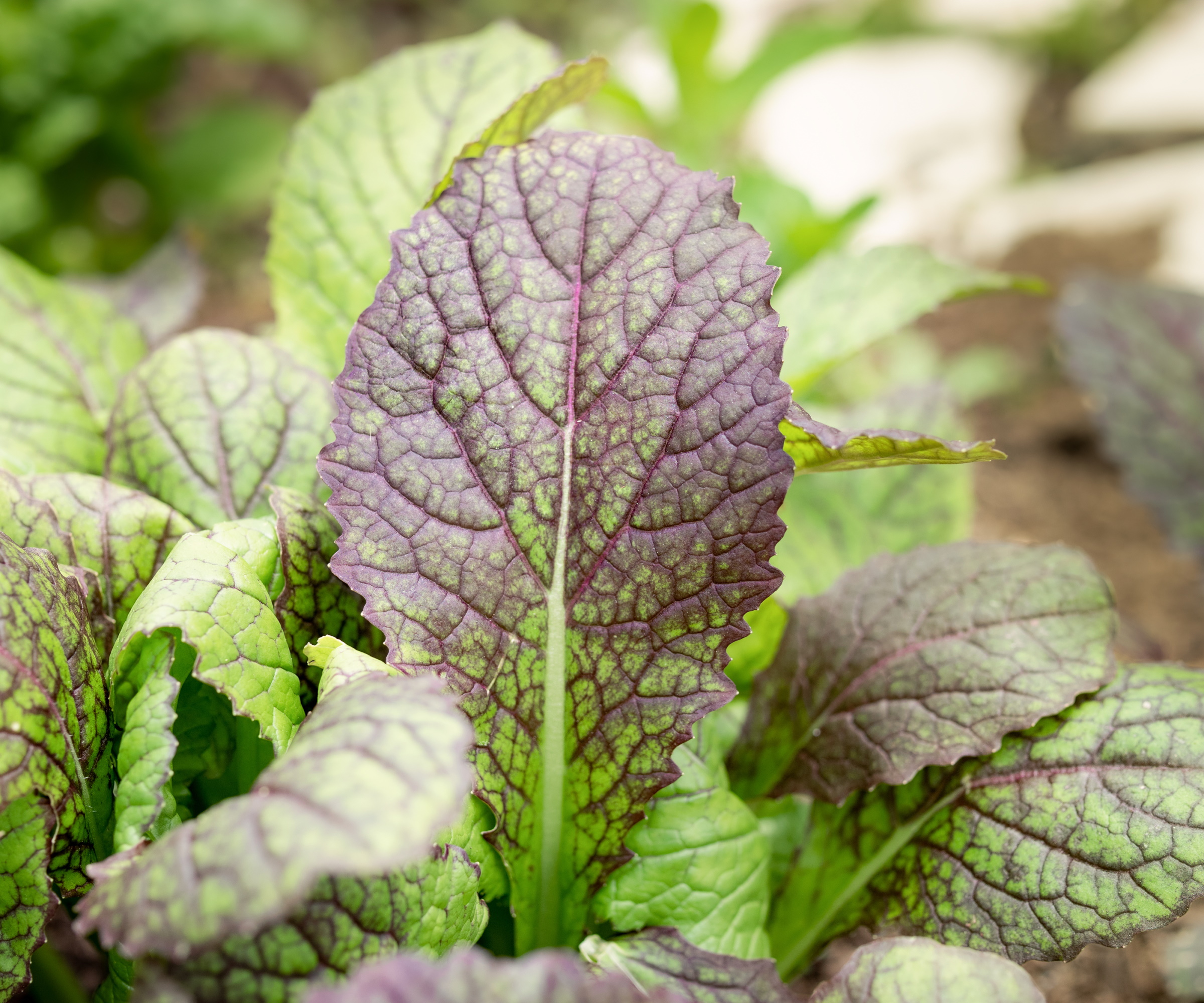
Mustard greens are cool-season crops that can be sown in mid-to-late summer for plants to provide spicy leaves for any fall and winter salads. They are a simple and undemanding crop that grows quickly and are suited to growing in spring and fall as they are liable to bolt in the heat of summer.
Mustards like a sunny position and a rich and well-draining soil type. The seeds are sown in rows 12 inches apart and will germinate quickly in warm soils. Thin the seedlings to three inches apart as they develop and keep the soil moist as plants develop.
The leaves can be individually picked, starting with the outer leaves first, once they reach a usable size. This can be as little as three weeks from sowing. Picking regularly ensures a continual supply of the younger and tender spicy leaves.
The older leaves get more bitter and tough. If the plants start flowering, then stop harvesting the leaves as the flavor will degenerate. You can collect seed pods if you let the plants bloom to make mustard or to sow again next year.

Southern Giant Curled Mustard is a staple in Southern gardens. It has large, bright green fringed and curled leaves with a mild flavor.
7. Microgreens

Microgreens are a very fashionable crop to grow. It is on-trend to grow microgreens and take advantage of the flavor and nutrients of such baby greens. While most often seen as garnish on restaurant plates, many of the best microgreens also make fantastic additions to salads.
Microgreens can be grown year-round on a sunny windowsill using trays or pots filled with compost, or you can get indoor microgreen growing kits if you have a bigger budget. There is a wealth of options for crops to grow, from salad greens such as lettuce, spinach, arugula or sorrel, to vegetables like beets, peas, radish, kale, and leaf beet.
August is a great time to sow microgreens indoors as the temperatures and light levels are ideal. The microgreens are harvested once the first set of real leaves appear and the young seedlings are about two inches tall. Use a pair of scissors or micro-snips to carefully cut the microgreen and some crops, most notably pea shoots, will regrow and give you a second harvest.
See the full range of microgreens seeds at True Leaf Market
To give your salads an extra boost in the future, why not sow some edible flowers this month? Calendulas are prime options for edible flowers to sow in August. The flowers are edible and can be added to salads, however, you may have a bit of a wait as sowing this month will produce plants that overwinter and bloom early next spring. Calendula flowers have a peppery taste and it is well worth the wait to add these slightly spicy leaves to your spring salads.
Sign up to the Homes & Gardens newsletter
Design expertise in your inbox – from inspiring decorating ideas and beautiful celebrity homes to practical gardening advice and shopping round-ups.

Drew’s passion for gardening started with growing vegetables and salad in raised beds in a small urban terrace garden. He has worked as a professional gardener in historic gardens and specialises in growing vegetables, fruit, herbs, and cut flowers as a kitchen gardener. That passion for growing extends to being an allotmenteer, garden blogger, and producing how-to gardening guides for websites. Drew was shortlisted for the New Talent of the Year award at the 2023 Garden Media Guild Awards.
-
 'If it speaks to you, it will find its place' – 5 easy tips for starting a collection of antiques and vintage pieces, suggested by experts with years of experience
'If it speaks to you, it will find its place' – 5 easy tips for starting a collection of antiques and vintage pieces, suggested by experts with years of experienceWhether you're a fan of antique pottery or vintage art, these 5 designer-approved tips will help you build a lasting collection that will create impact and stand the test of time
By Eleanor Richardson
-
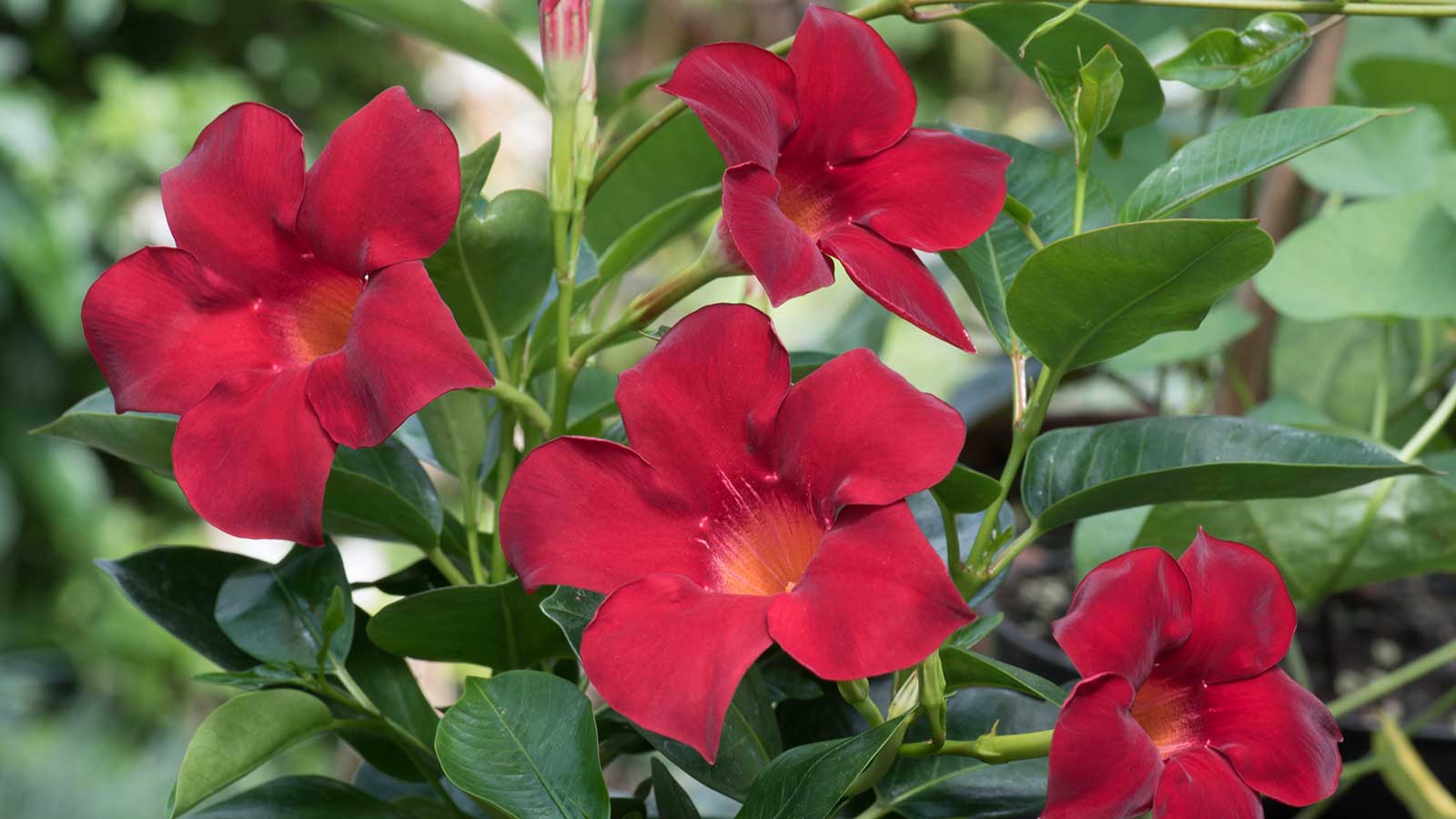 Pot plants that thrive on neglect – 5 easy-going picks for super busy gardeners
Pot plants that thrive on neglect – 5 easy-going picks for super busy gardenersFrom spiky succulents to pollinator-friendly blooms, these expert recommendations need barely any attention to flourish
By Holly Crossley
-
 Small yard but want to grow your own crops? This wooden cold frame is 40% off at Wayfair – and it's perfect for tiny patios and apartments
Small yard but want to grow your own crops? This wooden cold frame is 40% off at Wayfair – and it's perfect for tiny patios and apartmentsCold frames are a sensible investment for any gardeners struggling for space on balconies, backyards or patios
By Thomas Rutter
-
 7 of the best tomatoes for growing in pots – expert growers pick their top varieties ideal for large harvests from containers
7 of the best tomatoes for growing in pots – expert growers pick their top varieties ideal for large harvests from containersYou can enjoy bumper homegrown harvests in small spaces
By Drew Swainston
-
 These 5 plants can help you get the best, and potentially tastiest, broccoli ever – discover what to plant with broccoli, and what to avoid
These 5 plants can help you get the best, and potentially tastiest, broccoli ever – discover what to plant with broccoli, and what to avoidOur selection of vegetables, herbs, and flowers is perfect for companion planting with broccoli
By Drew Swainston
-
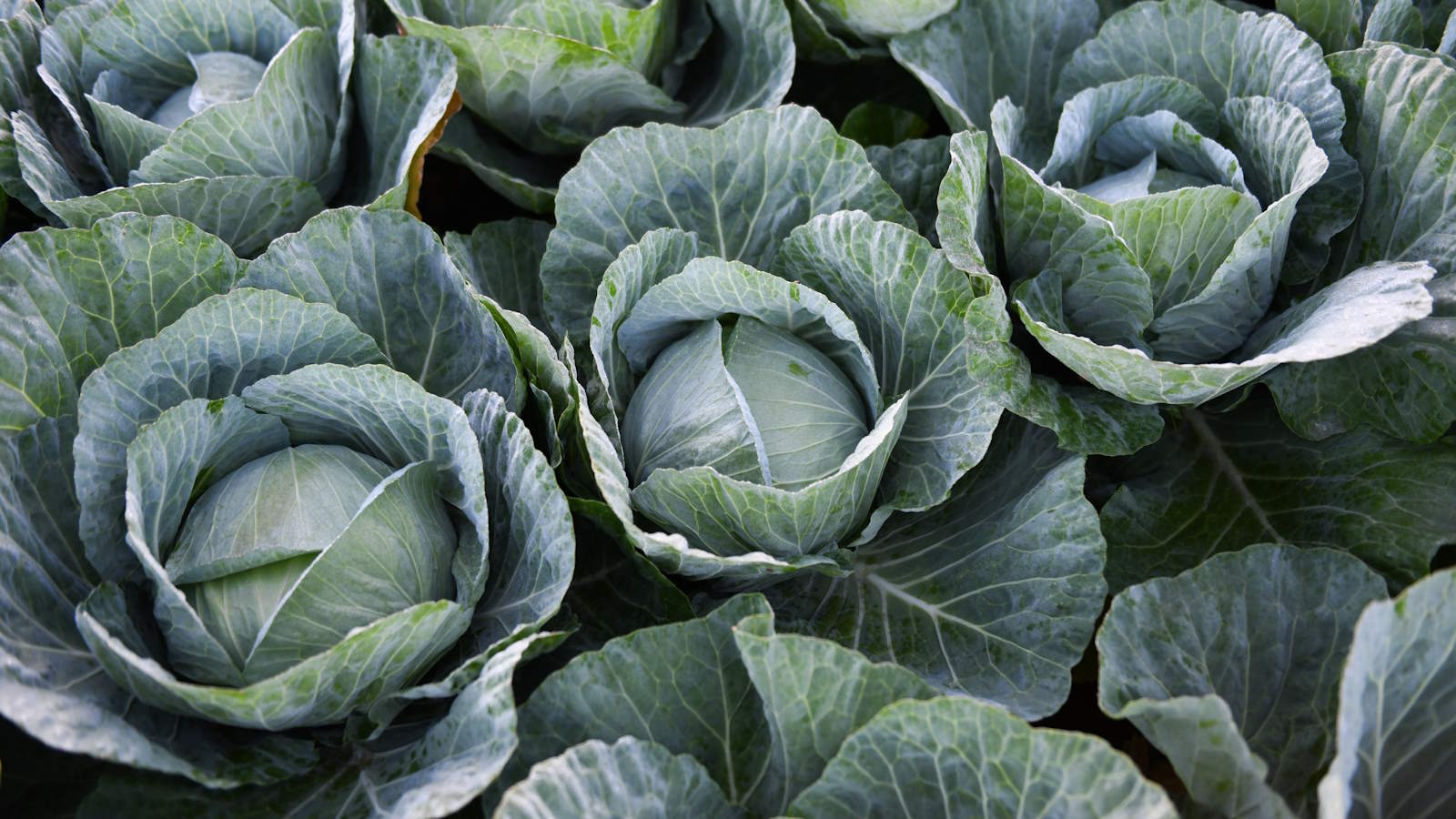 How to grow cabbages in containers – expert tips for top harvests in small urban spaces
How to grow cabbages in containers – expert tips for top harvests in small urban spacesYou can grow lots of different cabbages in pots, troughs, grow bags, or buckets
By Drew Swainston
-
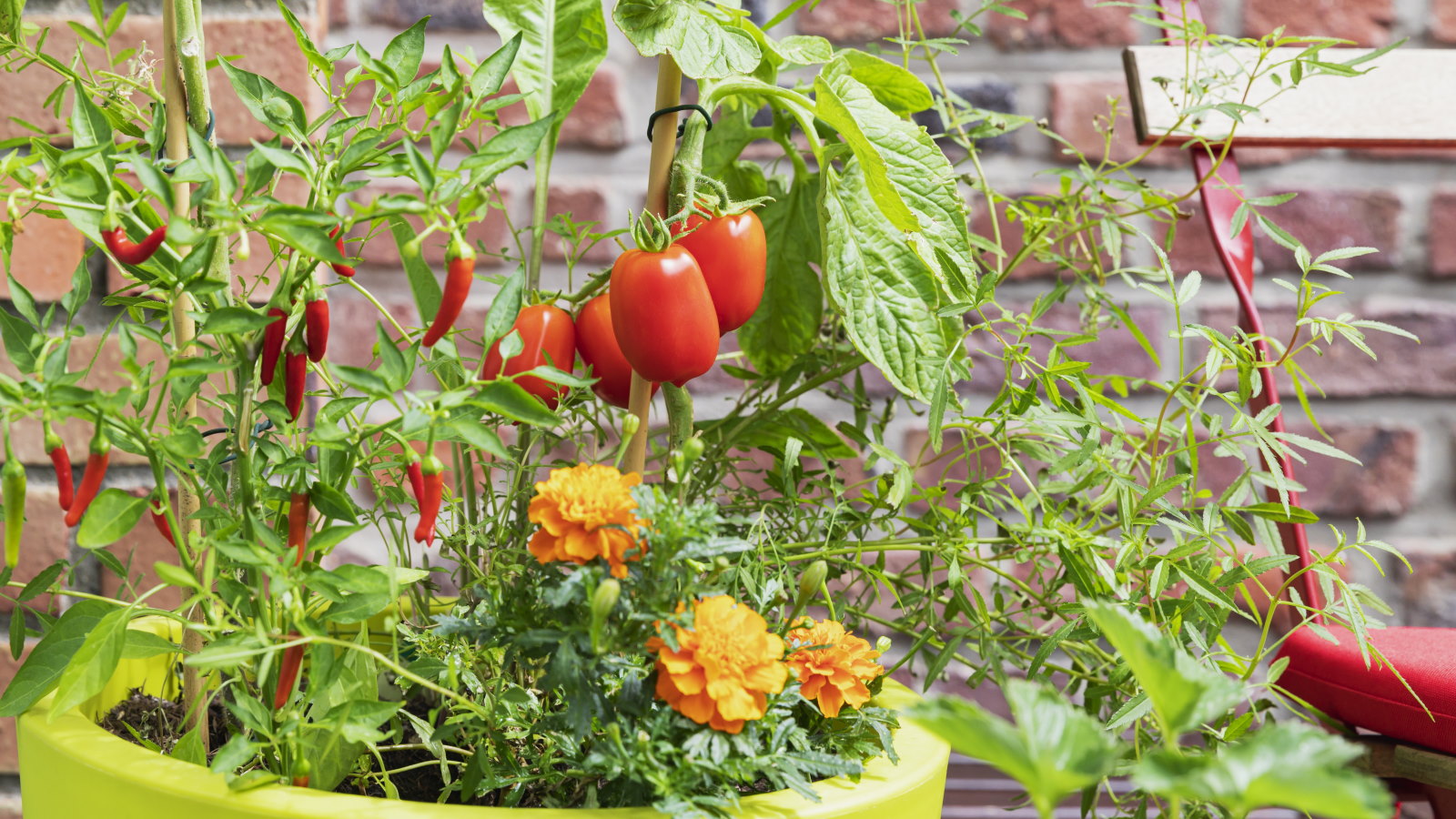 You'll get the best homegrown tomato crops if you plant them next to this one flower – discover why these two are a dream combination
You'll get the best homegrown tomato crops if you plant them next to this one flower – discover why these two are a dream combinationYour tomato plants will be pest-free and covered in fruits
By Drew Swainston
-
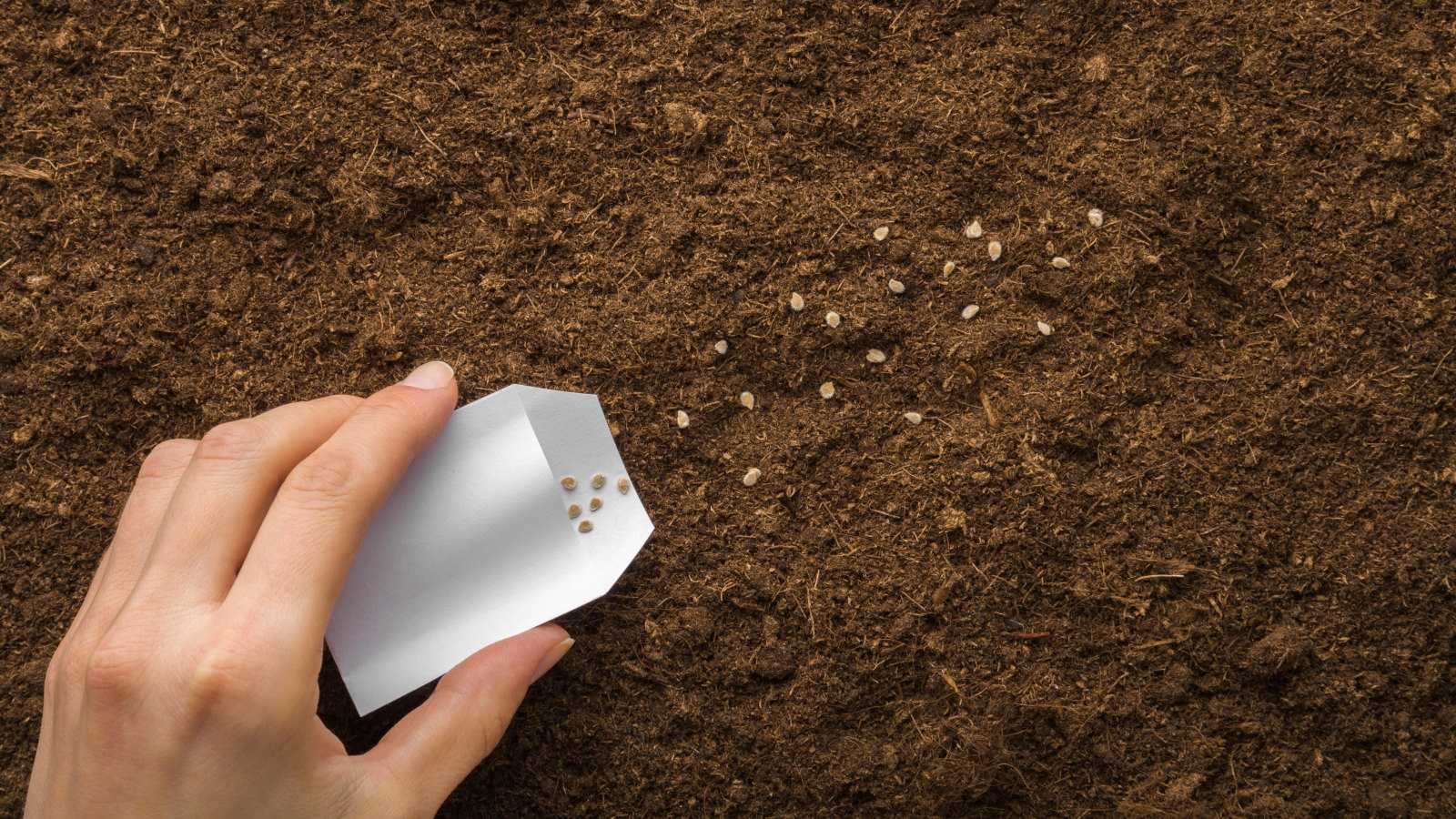 Direct sowing vs transplanting – our grow-your-own expert advises which is best, and shares 5 veggies you should always sow directly
Direct sowing vs transplanting – our grow-your-own expert advises which is best, and shares 5 veggies you should always sow directlyBoth approaches to sowing vegetables have pros and cons
By Drew Swainston
-
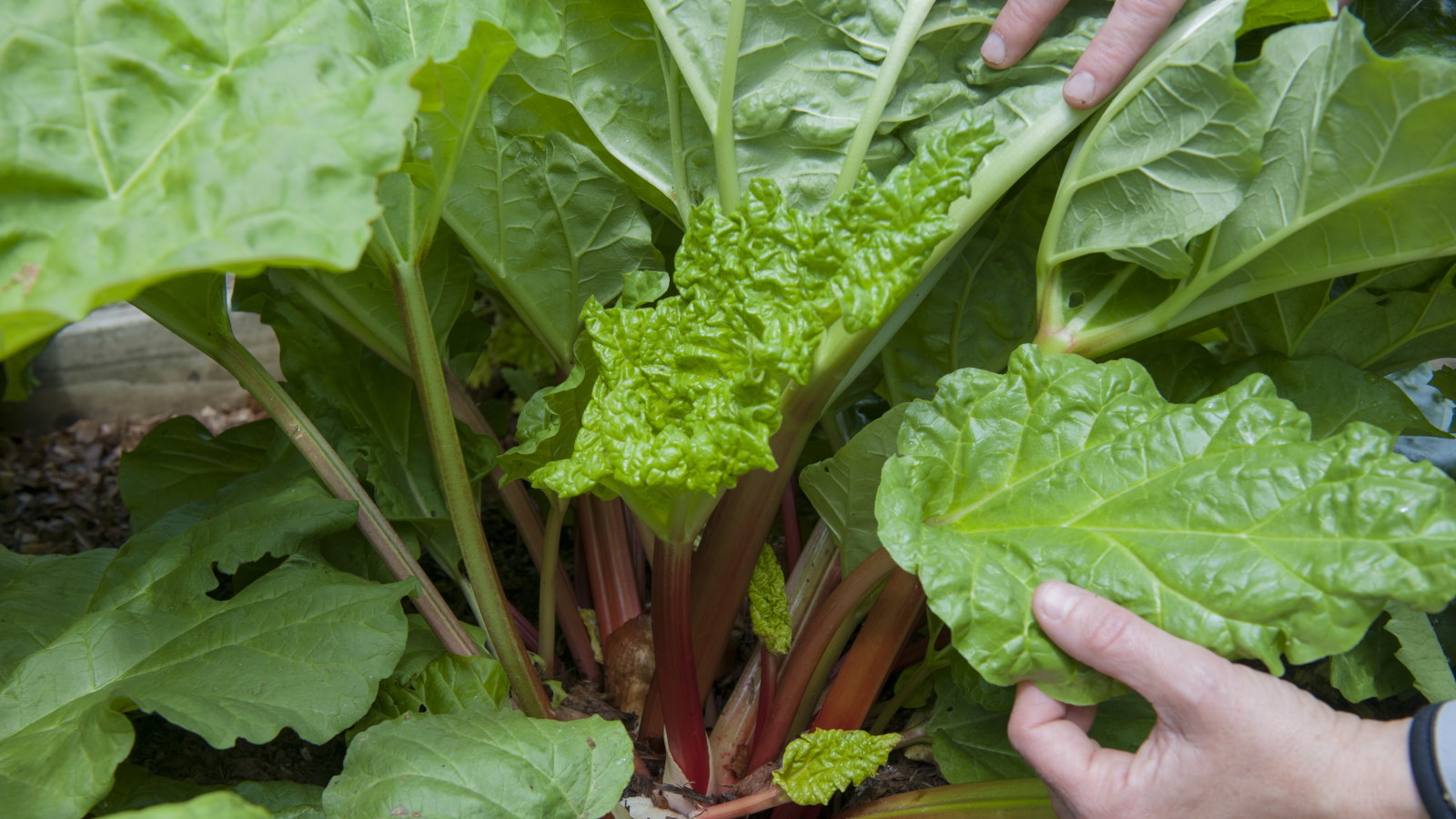 I grew rhubarb from seed for years – here’s exactly how to do it for guaranteed germination and healthy crops of fruit
I grew rhubarb from seed for years – here’s exactly how to do it for guaranteed germination and healthy crops of fruitGrowing rhubarb from seed is a cost-effective way to propagate plants, but it requires care and patience
By Drew Swainston
-
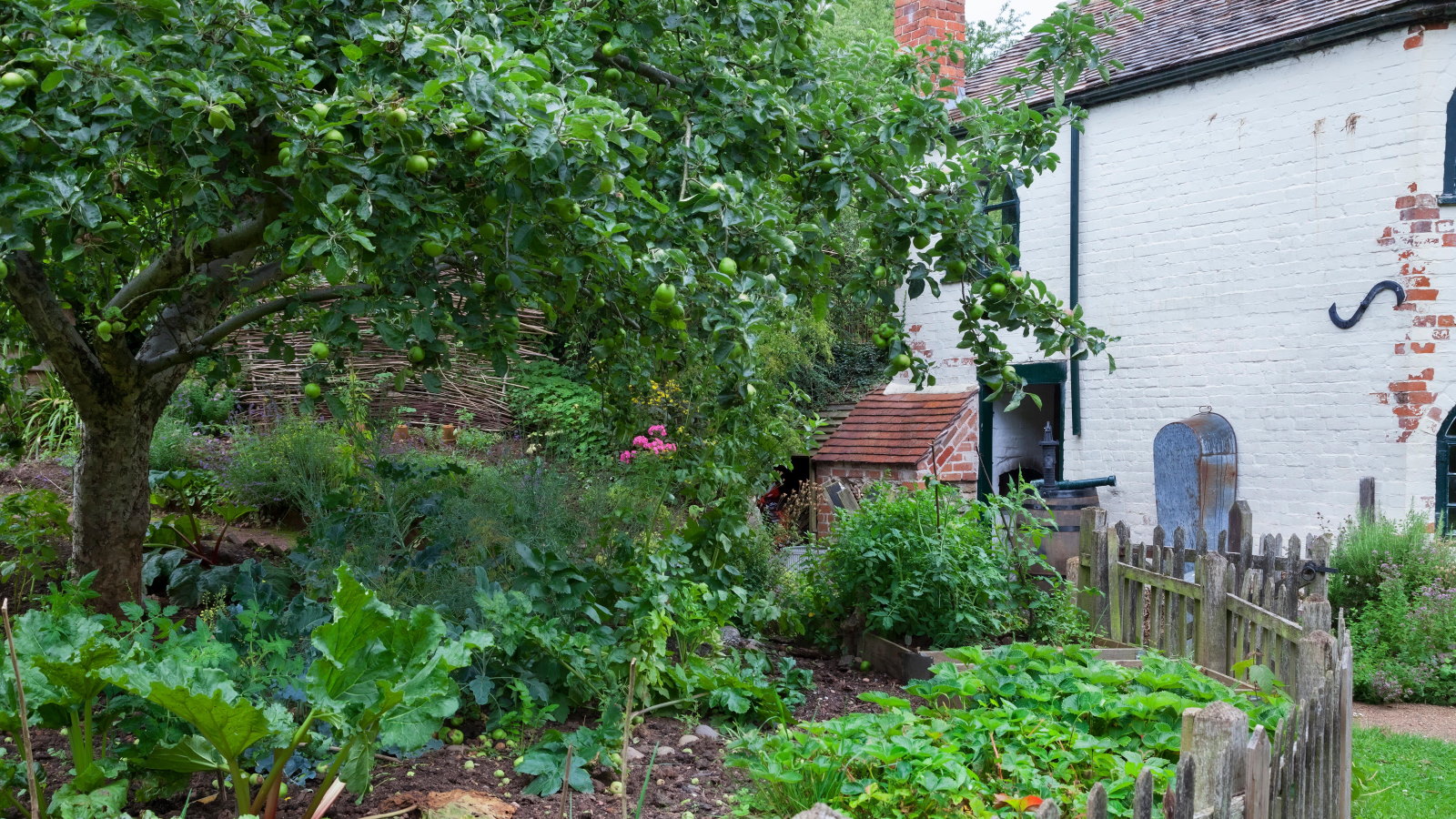 4 reasons you should plant trees in a vegetable garden – plus experts reveal the secrets to help you reap the rewards
4 reasons you should plant trees in a vegetable garden – plus experts reveal the secrets to help you reap the rewardsSee how agroforestry principles can help boost your soil and harvests
By Drew Swainston